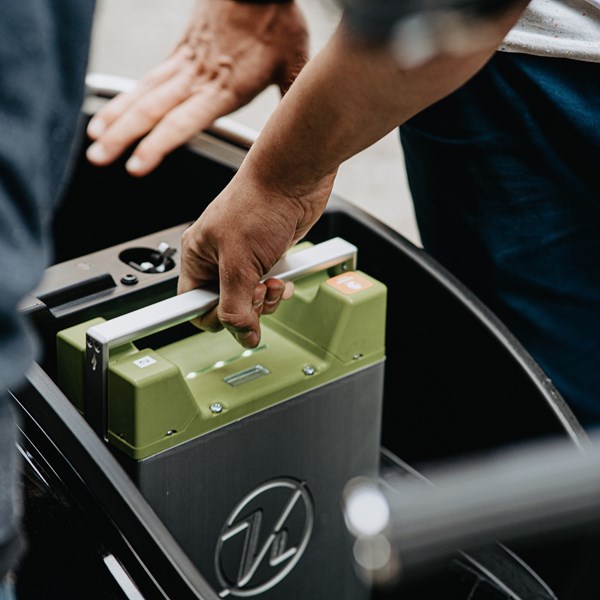In a recent decision in the case of Fives v Reel, the UPC Court of Appeal (CoA) has resolved two questions in relation to damages, confirming that:
- it can hear a claim for damages following a finding of infringement by a national court; and
- it can order damages dating back prior to 1 June 2023, provided that the patent in question was still in force at that date.
BACKGROUND
The claimant brought a claim for damages in the UPC following an infringement decision by a German national court (Düsseldorf Regional Court) in respect of the German part of a European Patent. It sought damages of EUR 6.5 million, plus interest. In its claim before the UPC, the claimant also sought damages dating back to 2016 (i.e. before the UPC came into being).
Whilst the claimant’s reasoning for seeking damages in the UPC is unclear, it can be assumed it did so in the hope of receiving a more favourable or a quicker damages award than it might have expected to obtain from the German national court.
Following service of the claim, the defendant filed a preliminary objection, arguing that the UPC does not have jurisdiction to hear a standalone action for damages.
At first instance, in November 2023, the Hamburg Local Division (LD) sided with the defendant and disposed of the claim. By reference to Article 32(1)(a) of the UPC Agreement (UPCA), it ruled that the UPC only has jurisdiction to determine damages following a patent infringement action heard before the UPC.
Article 32(1)(a) states that the UPC has exclusive jurisdiction for: actions for actual or threatened infringements of patents and supplementary protection certificates and related defences, including counterclaims concerning licences.
The claimant appealed the decision.
CoA DECISION
Last month, the CoA determined that the claim for standalone damages was admissible, and also held that there was nothing to prevent the UPC having jurisdiction over damages which occurred (in whole or in part) prior to 1 June 2023, provided that the patent was still in force at that date.
In terms of its reasoning, the CoA recognised that the wording of Article 32(1)(a) was ambiguous as to whether a separate claim for damages could be pursued.
However, although not directly applicable to the case, it turned to the wording of Article 32(1)(f) UPCA for guidance, which provides that the Court shall have exclusive jurisdiction for actions for damages based on the provisional protection conferred by a published European patent application. This does not require that liability be established by the UPC first, which it considered supportive of the UPC’s competence for hearing separate damages actions.
It also held that a national court decision by a Contracting Member State of the UPC must be recognized pursuant to Brussels Ia Regulation, with the UPC being considered a court of a Member State for these purposes (note that this regulation does provide some exceptions, but the defendant did not rely on any).
It also took into account that many Contracting Member States operate split liability and quantum regimes, and considered this to be anticipated by some provisions in the UPC Rules of Procedure (RoP). It did note how some rules in the RoP treat applications for the determination of damages as being ancillary to actions for infringement, rather than completely distinct; however, the CoA concluded that the relevant rules were likely drafted with unitary patents in mind (in respect of which there would never be a national infringement decision followed by a UPC damages assessment).
Having made its ruling, the CoA referred the case back to the Hamburg Local Division for determination (well over a year after its original dismissal).
COMMENTS
The CoA has clearly taken a more expansive view as to the UPC’s jurisdiction, opening the door to potential forum shopping for pursuing damages, at least during the transitional period. However, given the parallel jurisdiction of the national courts of Contracting Member States and the UPC during this period, this decision is arguably not surprising.
There are also some limitations to the scope of the decision:
- it does not extend the UPC’s jurisdiction to determine damages, in this scenario, where the European Patent had been opted out.
- although not really explored by the CoA, the UPC presumably cannot assess damages across Contracting Member States, in a scenario where the national merits claim was limited to infringement in one jurisdiction (this would otherwise give rise to the question of infringement in those other European territories, which the UPC has not been asked to consider).
That said, the decision is noteworthy in offering parties to national litigation a second avenue for seeking (and potentially maximising) damages flowing from an infringement finding.






